Turkey 2012, a Post-Mortem
I am now cleaning all the guns and putting all the clothes in a big pile to do up for fall. Season is over.
This was my first really good season in several years. Last season was miserable, even though I got a bird on The Opener– something I had never accomplished before. The big problem was my health– a bad cold that would not quit and finally settled in my lungs. The other big problem was weather, and that probably did a lot to bring on the former. This year, the weather was probably the most to blame for this year’s success a much as last year’s misery. The mild winter meant a lot of turkeys got a break. The warm spring meant the gobblers were all hot to trot early. Of course, saying this, I can remember bad winters and nasty springs that brought on phenomenal action as well. My view is that a warm spring brings out the best in gobblers. Even if Opening Week turns bitter cold, it is still that early end to winter that seems to turn the trick and make for a banner year.
Pre-Season Scouting
Pre-season scouting also helped. I have only 200 acres to hunt. That sounds like a lot to someone that has less, but in terms of turkey, it is only enough in my case to hold a few flocks. The disposition of the flocks ended up being a key to the whole thing. For a change, I did not have any flocks particularly active in either the far west or far east of the farm. That ruled out a bunch of hunting venues that I would have normally been working. Scouting in the pre-season is a controversial topic. A lot of guys will tell you it does nothing but hurt your chances at getting a turkey. They can take a hike. I get out as soon as I get back to camp, and I keep going out up to the opener. I follow some basic rules:
1) I do not call. It is illegal in Kentucky to call from March 1 to the start of season. That is a good idea. I go beyond the law. No locators (legal in KY), no hen calls, no nothing. I just try to be part of the foliage
2) I stay well back from roosts. I listen from a distance.
3) I camo up like it’s season.
I try to fade into the background and be as unobtrusive as possible. The whole idea is to see and hear but not be seen. This year the scouting paid off. With both gobblers I shot Opening Week, I had roosted them and been able to follow them after flydown on at least one occasion prior to season. I knew their general habits. A third gobbler I had patterned did not make it past Opening Weekend. He must have strayed off the property and gotten in trouble.
The other thing pre-season scouting does is get the bugs worked out. If your flashlight eats batteries, you will find out. If you cannot see out of your new face mask, you will know. I found out my thermos leaked this year. When the Opener came I had already had my full kit out several times, save calls and shotgun.
Since there was no action except at the middle of the property, I ended up using my better venues a lot more this year with little rest. The Honey Hole got a lot of work this year. Surprisingly, the turkeys did not seem to mind. They took quite a bit of calling and quite a bit of other intrusions and kept on coming. Of course we were doing our best to be careful. I am not saying my turkeys get the same treatment that public land turkeys get. However, I was surprised how resilient they were.
Huntable Birds
More than ever, I am convinced there are just so many days a year when the gobblers on my place are going to be huntable. I spent a lot of time in the field. I listened to a lot of gobblers. I do not mean this as an excuse, but rather an explanation. Given a set bunch of turkeys, there just seems to be only handful of days each season that the gobblers are able to be hunted with the normal combination of calling and woodsmanship. Here are the factors that come into play:
1) Some of this is due to the breeding behavior of the turkeys. The gobblers get cranked up due to air temperature. Relatively warm or hot weather seems to make them more excited. Hens are supposedly controlled more by the length of day. The result is that the hens’ behavior is going to be pretty well set, with very little variability. The gobblers blow hot or cold– quite literally.
2) Weather. Rain seems to dampen the breeding behavior of my gobblers. I do not mean to suggest that rain in the forecast should be reason to stay home. I mean that overall bad weather– rain, fog, wind, etc. seems to dampen their spirits and make them less active and less vocal.
3) Hunting pressure. I’m sorry. I’m just not seeing it. For some reason, my birds were concentrated more to the center of my property this year. I hit the same places every day. 90% of my hunting activity for the whole season was in less than 5 acres of my 200 acre farm. Yes, I do believe my turkeys were a bit wary, but even the pair of jakes I shot at during Opening Week came to calls from the same blind 2 weeks later. I think that prolonged hunting pressure will affect turkeys, but they seem to have a very short memory.
I really wish I could give you a formula for what makes the gobblers hot. After 30 years, I still do not have an overall pattern discerned. I cannot say, for instance, that a temperature below 42F and winds in excess of 15 mph will make the gobs go into hiding. The fact is that I have now taken gobblers from the same blind in 25 degree weather and bone chilling wind as well as hot and muggy weather with a thunderstorm on the horizon. Rain, sun, early season, late season, there always a fair chance the gobs not cooperating.
Bottom Line? I have equally bad chances of having a gobbler present himself any day or time in season. If I was really being sensible about this, I would stay home. However, nothing about turkey hunting is really sensible.
This was also an odd year in that, although I shy away from calling birds in at flydown, I managed to call in a bird from his roost a good 200-300 yards away. Go figure. I am still scratching my head on that one. What I think closed the deal on this fellow was that I showed a willingness to meet him a little closer to half-way. When I heard he was interested, I closed the distance a good hundred yards. That was what did the trick. It was an important lesson, and one that I will use a lot in years to come.
Calls and Calling
My choice in calls was quite a bit different this year. I started out with my old goto call, a Quaker Boy Grand Old Master box call that never produced a single response. That call was quickly taken out of the rotation and I ended up ditching all the box calls this year. I used my Heirloom Double Barrel– mostly the slate side this year. I also used (don’t laugh) my Quaker Boy push-pin calls (I have a double and a single). I usually keep one or the other in my kit, because I find they’re the easiest to do purr-and-cluck feeding calls. The money call this year was definitely my new shamanic slate over glass with a purple heart striker. I do not mean to brag, because this is just a simple pot call built from parts supplied by Shipley’s. I’d love to know what I am doing right, but this thing kicked some serious butt on the gobs this spring.
An honorable mention also has to go to a package of 4 mouth calls I picked up on closeout from the Knight and Hale website. I lost the card and I have no idea what calls they were, except that one was a fairly laid-back double reed and the rest were various off-the-wall multi-reed affairs with exotic cut-outs. I usually go trolling through the various websites looking for deals in January, and when I can find 4 calls for under $15, I snag it.
Podcasts:
I hope you all liked the podcasts. I plan on doing more of them, now that I have all the bugs worked out. They are fun to do. I just wish y’all would let me know what you think about them. It would be easier to tailor them more to y’alls’ liking if I knew what was working for you.
Guns and Ammo
I am still a big fan of 3″ #4 Federals. I am not an Old Schooler by nature. Whatever works, I’m cool with it. The thing of it is that while the rest of the world has been spiraling into ever more exotic (and expensive) loads, I have been sticking with what I picked in 1996. The new Carlson’s Dead Coyote choke tube works well with the Flight Control Wad– a lot of these wad-stripping tubes won’t. The key thing here is that I find that I hardly ever get a chance to nail a gob out past 20 yards. This year it was all the more so, because the warm weather caused a lot more ground cover to be out.
This post has already been read 508 times!
Views: 5
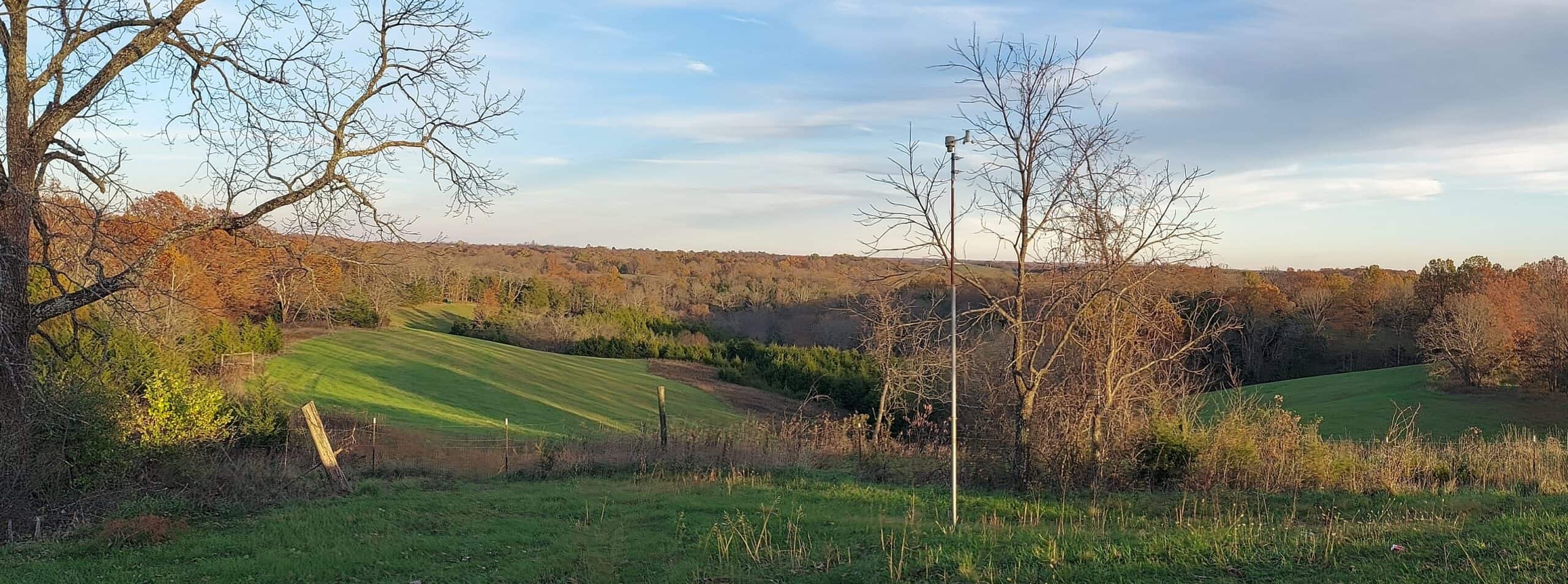
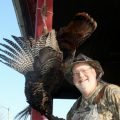
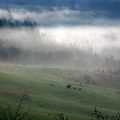

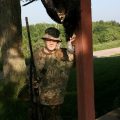
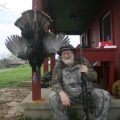
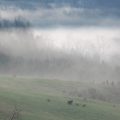
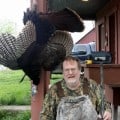
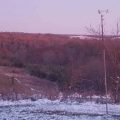
Comments
Turkey 2012, a Post-Mortem — No Comments
HTML tags allowed in your comment: <a href="" title=""> <abbr title=""> <acronym title=""> <b> <blockquote cite=""> <cite> <code> <del datetime=""> <em> <i> <q cite=""> <s> <strike> <strong>